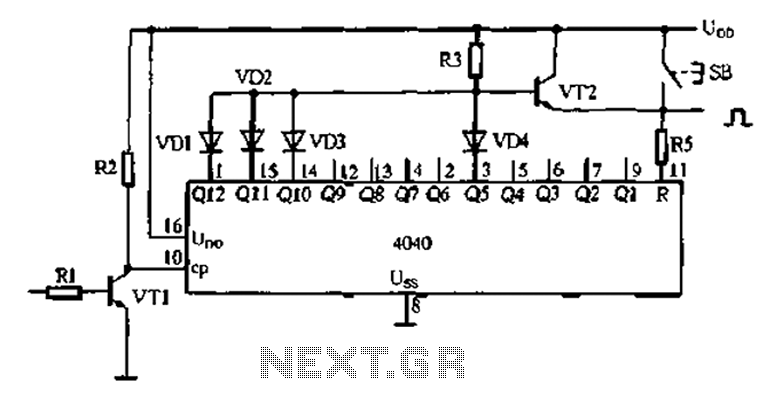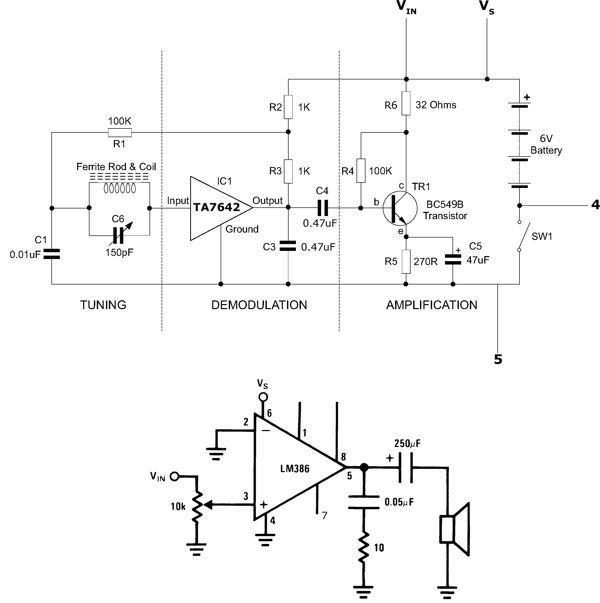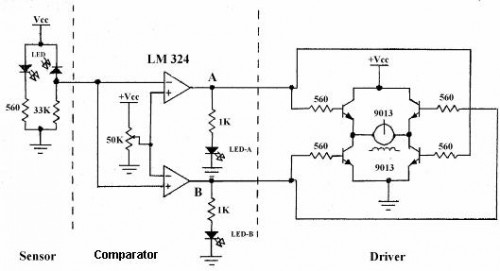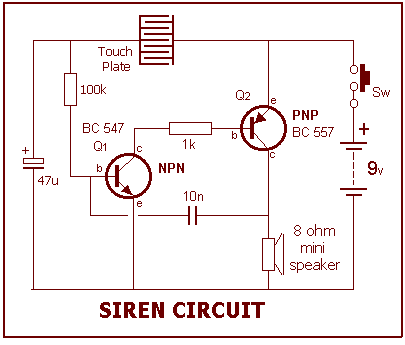
Analog electronic clock the whole point of the trigger signal to obtain

An analog electronic clock that utilizes a trigger signal for operation.
An analog electronic clock typically employs a trigger signal to manage its timekeeping functions. The clock's primary components include a quartz crystal oscillator, which provides a stable frequency reference, and a series of counters and dividers that convert this frequency into a usable time format. The trigger signal is essential for synchronizing the movement of the clock hands, usually through a stepping motor or a similar mechanism.
In such a design, the trigger signal is generated at regular intervals, often derived from the output of the frequency divider circuit. This signal activates the stepping motor, which advances the clock hands by a predetermined increment, typically one minute per pulse. The integration of the trigger signal ensures that the clock maintains accurate timekeeping, compensating for any drift in the oscillator frequency.
Additional components may include a power supply circuit to ensure consistent voltage levels, a display mechanism for visual time representation, and a housing to protect the internal circuitry. The overall design emphasizes reliability and precision, making the analog electronic clock a favored choice for both aesthetic and functional applications in timekeeping.Analog electronic clock the whole point of the trigger signal to obtain
An analog electronic clock typically employs a trigger signal to manage its timekeeping functions. The clock's primary components include a quartz crystal oscillator, which provides a stable frequency reference, and a series of counters and dividers that convert this frequency into a usable time format. The trigger signal is essential for synchronizing the movement of the clock hands, usually through a stepping motor or a similar mechanism.
In such a design, the trigger signal is generated at regular intervals, often derived from the output of the frequency divider circuit. This signal activates the stepping motor, which advances the clock hands by a predetermined increment, typically one minute per pulse. The integration of the trigger signal ensures that the clock maintains accurate timekeeping, compensating for any drift in the oscillator frequency.
Additional components may include a power supply circuit to ensure consistent voltage levels, a display mechanism for visual time representation, and a housing to protect the internal circuitry. The overall design emphasizes reliability and precision, making the analog electronic clock a favored choice for both aesthetic and functional applications in timekeeping.Analog electronic clock the whole point of the trigger signal to obtain





